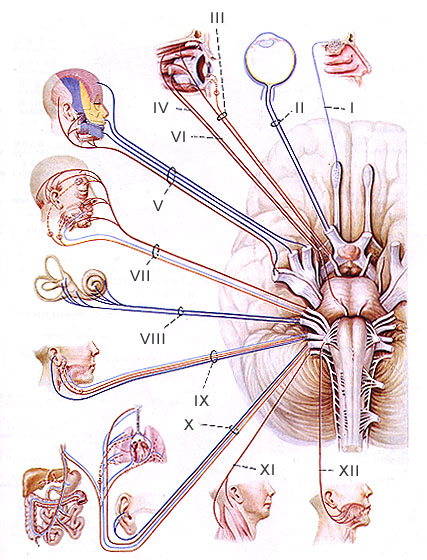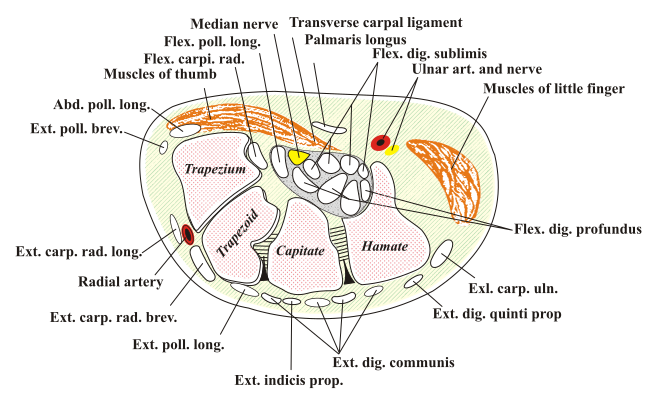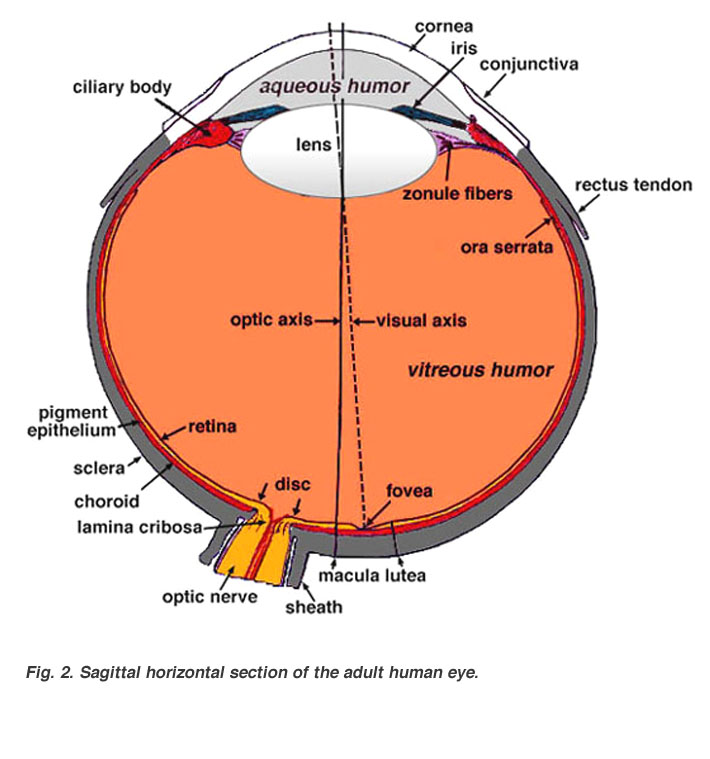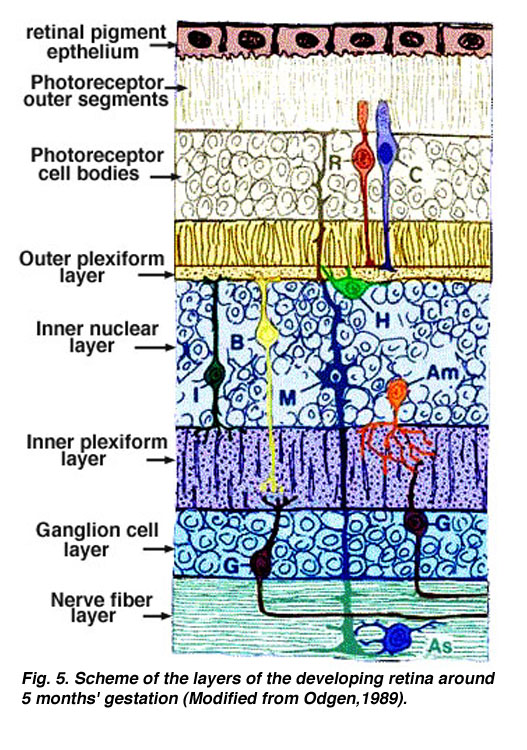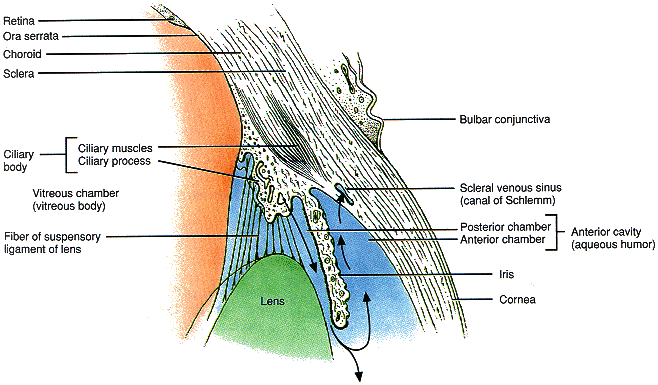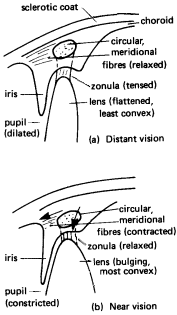Decible Levels
Whisper 30 dB
Normal Conversation 60 dB
Shout 90 dB
Discomfort in ear 120dB
Pain in ear 130dB
Pitch is sensation of a particular frequency, dB is that of intensity
stapedial reflex is elicted with a sound of 70-100 dB
normal person can hear 20-20000 Hz
audiometric testing done 125-8000Hz
white noise-all frequencies if sound-comparable to white light
Narrow band noise-used in masking-it's a white noise without certain frequencies (above & below some patricular frequency having been filtered out)-used in pure tone audiometry
speech noise-noise having frequencies in speech range(300-3000 Hz)-all other frequencies filtered out
Masking-essential for all bone conduction tests-for air conduction test is required only when the difference in hearing between the two ears exceeds 40dB
Clinical Tests of Hearing
1.Finger Friction Test
2.Watch Test-practically obsolete
3.Speech (Voice Test)-conversational/forced whisper (use of spondee words by examiner)
4.Tuning Fork Tests- tests AC/BC
a)-Rinne Test (AC>BC is normal-positive Rinne)
BC>AC negative Rinne-minimum air-bone gap of 15-20 dB
- Rinne test equal or negative for 256 Hz but positive for 512 Hz=> air bone gap 20-30 dB
- Rinne negative for 256 & 512 Hz but positive for 1024 Hz => air bone gap 30-45 dB
- Rinne negative for 256, 512 & 1024 Hz => air bone gap of 45-60 dB
Negative Rinne for 256, 512 & 1024 Hz indicates minimum AB gap of 15,30&45 dB respectively
False negative Rinne-in severe unilateral SNHL-correct diagnosis made by masking non test ear Barany's noise Box while testing for bone conduction-Weber lateralzation also helps
b)-Weber Test-done with 512 Hz (detects 15-20 dB)
- lateralized to worse ear in conductive deafness
- to better ear in sensorineural hearing loss
c)-ABC- cochlear function- comparison with examiner
d)-Schwabach's-ABC with an occluded meatus (reduced in SNHL, lengthened in CHL)
e)-Bing Test- effect of occlusion of meatus
- Bing Positive-normal person/SNHL hear louder with occlusion of meatus
- Bing Negative-CHL appreciates no change
f)- Gelle's Test- test of bone conduction, examined is the effect of increased air pressure in ear canal on hearing-has been replaced by tympanometry to find out stapes fixation
- Positive in normal persons & SNHL-decreased hearing on increased pressure
- Negative in fixed/disconnected ossicular chain
Audiometric Tests
1. Pure Tone Audiometry:
-Measure of cochlear function
-Air Conduction Threshold measured for tones 125,250,500,1000,2000,4000 & 8000 Hz
-Bone conduction threshold measured for 250,500,1000,2000 & 4000 Hz
-AB gap measured (normal individual has no AB gap in audiometry)
Shadow Curve- obtained from non-test better ear when difference between two ears is 40dB or more above air conduction thresholds-Masking is required if difference is>40dB(done by employing narrow band noise to the non-test ear)
2.Speech Audiometry:
-patient's ability to hear & understand speech is measured.parameters studied are
- Speech Reception Threshold-normally SRT is within 10 dB of the average pure tone threshold of 3 speech frequencies(500,1000 & 2000 dB).SRT better than pure tone average by more than 10 dB suggests a functional hearing loss
- Discrimination Score(DS) or Speech Recognition Score (SRS)
Normal 90-100%
Slight Difficulty 76-88%
Moderate difficulty 60-74%
Poor 40-58%
Very Poor <40%
Optimum Discrimination Score (ODS)-expressed in %
Half Peak Level (HPL) expressed as dB-a derived figure from audiogram
- Normal- ODS 100% @30 dB,HPL-15 dB
- Conductive Deafness of 40 dB-ODS100% @70 dB,HPL-55 dB
- SNHL of 40 dB-ODS never reaches 100%, constant beyond a level
- Retrocochlear loss- Roll over curve obtained, score falls below ODS beyond a frequency
3.Bekesy Audiometry-no longer used
4.Tympanometry-220 Hz tone delivered
- Type A-normal tympanogram
- As-fixation of sosicles-otosclerosis/malleus fixation-lower compliance@ambient air pressure
- Ad-ossicular discontinuity/thin & lax TM -high compliance at or near ambient pressure
- Type B-flat or dome shaped graph- no change in compliance with pressure changes-seen in middle ear fluid or thick TM
- Type C-maximum compliance occurs with negative pressures in excess of 100 mm H2O-seen in retracted TM & may show some fluid in middle ear
Acoustic Reflex: Presence of stapedial reflex @ lower intensities (40-60 dB) than usual 70-100dB indicates recruitment & thus a cochlear type of hearing loss
Stapedial Reflex Decay- VIII th nerve lesion - if a sustained tone of 500-1000 Hz delivered 10dB above the acoustic reflex threshold,for a period of 10 seconds, brings the reflex amplitude to 50%, shows abnormal adaptation
Absence of stapedial reflex when hearing is normal indicates lesion of facial nerve, proximal to the nerve to stapedius.
Special Tests of Hearing
- phenomenon of abnormal growth of loudness
- the ear which doesn't hear low intensity sounds begins to hear greater intensity sounds as loud or even louder than normal hearing ear
- poor candidates of hearing aid
- cochlear lesions (Menier's Disease,presbycusis)
- Alternate binaural loudness balance test- used to detect recruitment in unilateral cases
2. Short Increment Sensitivity Index
- Patients with cochlear lesions distinguish smaller changes in intensity of pure tone better than normal persons & those with CHL or retrocochlear lesions
- CHL- SISI score<15%
- Cochlear Lesion-SISI score 70-100%
- Nerve Deafness- SISI score 0-20%
3. Threshold Tone Decay Test:
- measure of nerve fatigue
- normal person can hear a tone continuously for 60 seconds, nerve fatigue-it's less
- result expressed as dB decay
- decay> 25dB=> retrocochlear lesion
4. Evoked Response Audiometry:
- Electrocochleography (EcoG)-measures electrical potentials arising in the cochlea & CN VIII in response to auditory stimuli within 5 mili seconds, the response is in the form of cochlear microphonics,summating potentials & action potentials of VIII th nerve-finds threshold of hearing in young infants & children to within 5-10 dB
- Auditory Brain Stem Responses-non-invasive- ECOLI,MA-7 wave forms I to VII-wates are studied for absolute latency, inter wave latency, amplitude
5.Otoacoustic Emissions: produced by outer hair cells of cochlea
6.Central Auditory Tests:designed to find defects in central auditory pathways & temporal cortex
7. Hearing Assessment ininfants & Children:
- Screening procedures- arousal test & auditory response cradle
- Behaviour Observation Audiometry- Moro's Reflex, Cochleo Palpebral Reflex & Cessation Reflex
- Distraction techniques
- Coonditioning Techniques
- Objective Tests





